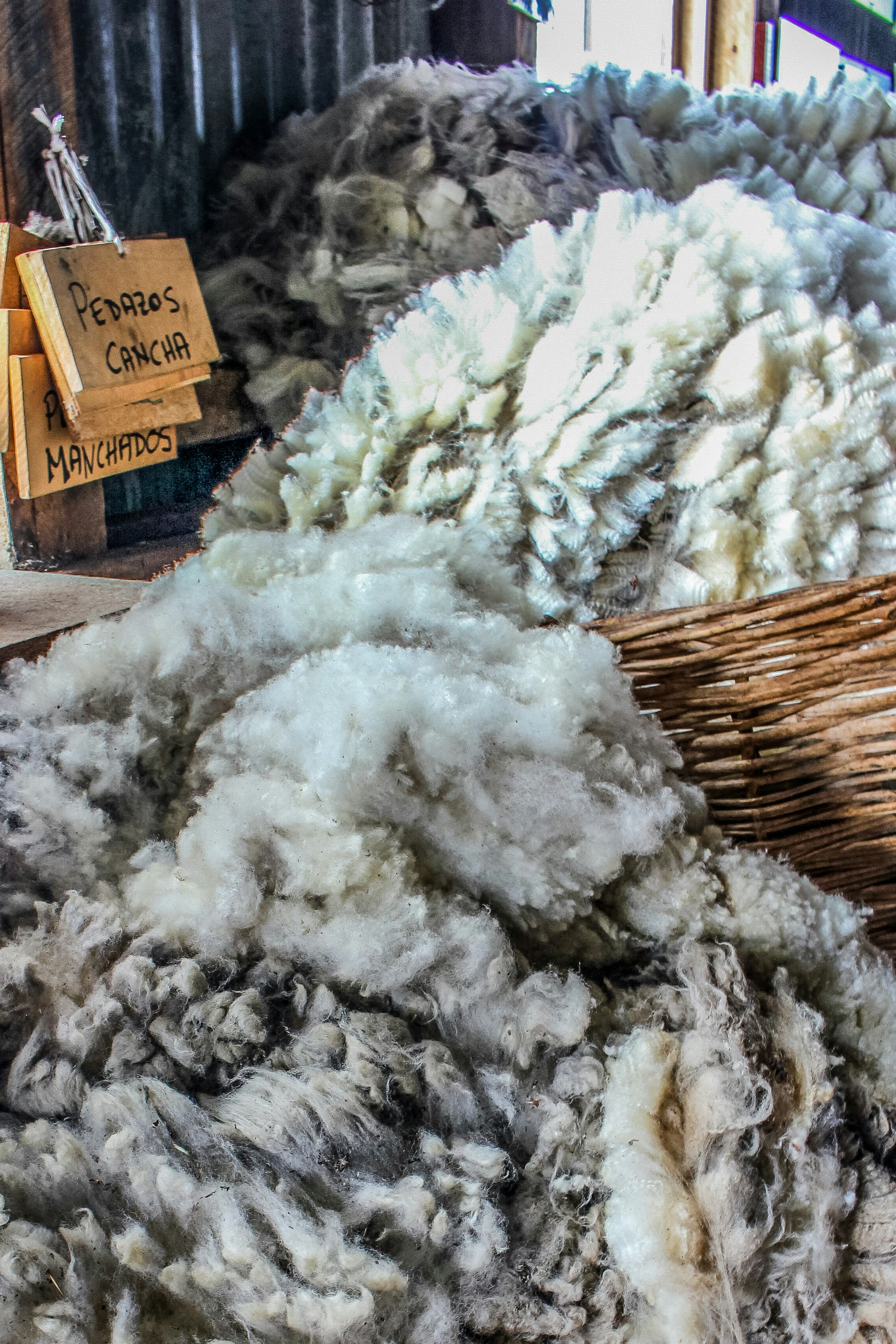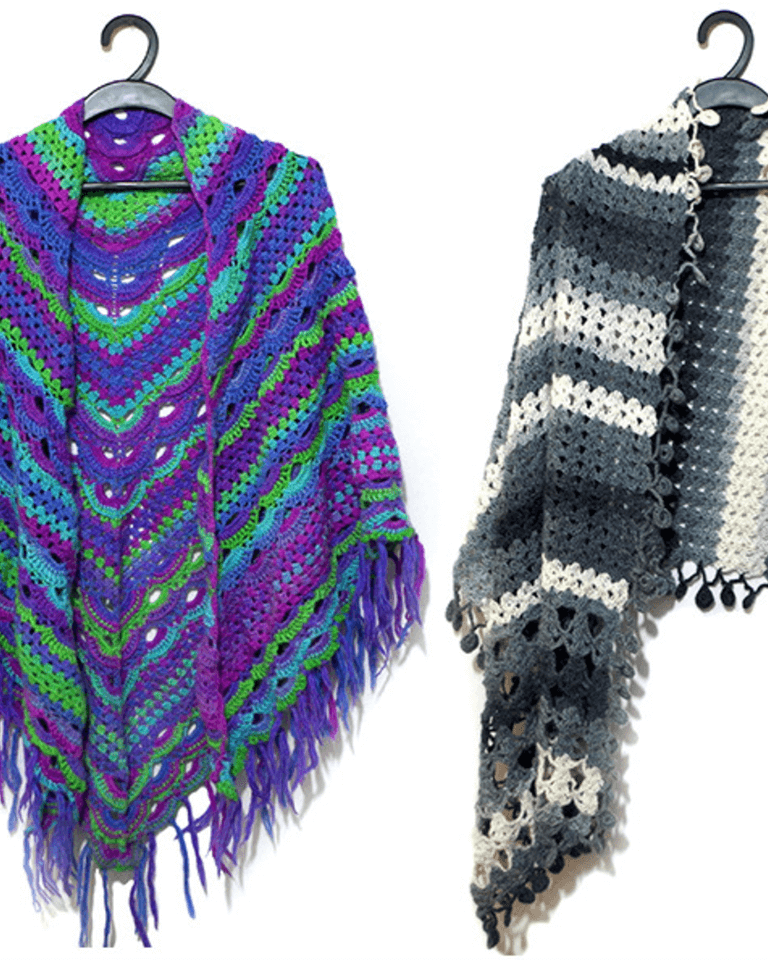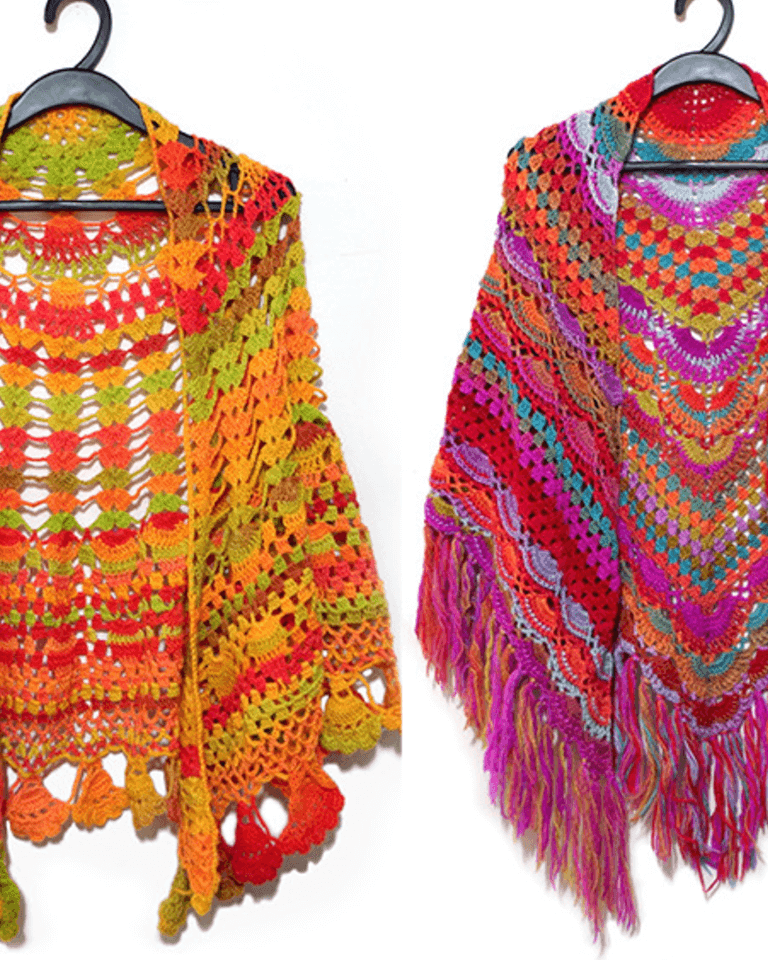
Understanding Wool: Types and Characteristics
Wool is a natural fiber harvested from sheep, valued for its versatility in knitting and its innate properties. Various types of wool are cultivated, each exhibiting distinct characteristics that cater to different knitting needs. Among the most popular types are Merino, Shetland, and Cashmere wool, each offering unique qualities that influence the final knitted product.
Merino wool is renowned for its exceptional softness, making it ideal for next-to-skin garments. Derived from Merino sheep, this type of wool boasts a fine fiber diameter, ensuring a luxurious feel while providing excellent thermal regulation. Moreover, its natural elasticity allows knitted pieces to retain their shape, enhancing both comfort and durability. The combination of these attributes makes Merino a top choice for wearables across all seasons.
Shetland wool, sourced from the Shetland breed of sheep, is celebrated for its unique texture and durability. It is coarser than Merino and offers excellent insulation properties, making it a preferred option for warmer garments such as sweaters and blankets. Shetland wool displays a rich array of natural colors, which adds visual interest to finished pieces. Additionally, its resilience and ability to resist pilling enhance the longevity of knitted items.
Cashmere, unlike the aforementioned wools, is derived from cashmere goats. This luxurious fiber is extremely soft and lightweight, appealing to those seeking warmth without the associated bulk. Given its rarity and the intensive care required to harvest it, cashmere is often more expensive, making it a premium choice for higher-end knitwear. The natural loft of cashmere traps heat effectively, ensuring warmth while remaining breathable.
In conclusion, the characteristics of different types of wool significantly influence the knitting process and the properties of the finished fabric. Factors such as sheep breed, diet, and environmental conditions play a crucial role in determining wool quality, impacting everything from softness to durability. Understanding these elements is essential for knitters aiming to select the appropriate wool for their projects. For further insights, resources available at kathwool.com may prove invaluable.
Sourcing Wool: From Sheep to Yarn
The journey of wool from sheep farming to yarn production is a fascinating process that involves multiple stages, each contributing significantly to the quality of the final product. Initially, the process begins on a sheep farm, where various breeds of sheep are raised specifically for their wool. Breeds such as Merino, Shetland, and Corriedale are particularly sought after, each offering unique qualities suited for different yarn applications.
Once the sheep are fully grown, the first step in sourcing wool involves shearing. This practice, typically performed once a year, is conducted with care to ensure the well-being of the sheep. Shearing is executed using sharp electric clippers, allowing for a swift and efficient process, minimizing stress for the animals. The collected fleece is then assessed for its quality, which can include factors such as fiber diameter and cleanliness.
Following the shearing process, the fleece undergoes washing to remove impurities such as grease, dirt, and other contaminants. This crucial step is essential in ensuring that the wool can achieve optimum quality in its final form. Post-wash, the fleece is carded, a process which involves separating and aligning the fibers to prepare them for spinning. Carding prepares wool into manageable rolls, known as rolags or batts, ready for the next phase.
The final stage of this transformative journey is spinning, where the carded wool is twisted into yarn. This can be done using traditional hand-spinning methods or advanced machinery. The spinning process significantly impacts the yarn’s texture, strength, and overall appearance. It is also at this stage that sustainable practices can be integrated, promoting eco-friendly methods and reducing environmental impact. Ethical considerations in wool sourcing, including animal welfare and sustainability, are paramount in today’s textile industry, as producers strive to balance quality with responsibility.
Knitting Techniques and Patterns: Crafting with Wool
Knitting with wool offers a dynamic and diverse range of techniques and patterns that cater to the creativity of both novice and advanced crafters. The choice of knitting techniques can significantly influence the texture and appearance of the finished garment. Some of the most popular basic stitches include the garter stitch, stockinette stitch, and ribbing. Each of these stitches provides unique characteristics, allowing knitters to manipulate the wool into various designs, thereby enhancing the garment’s functionality and aesthetic appeal.
Beyond the basics, there are a multitude of advanced techniques that can be explored, including lace knitting, cabling, and colorwork, which brings an added dimension to woolen pieces. Lace knitting utilizes yarn overs and decreases to create delicate, airy patterns that are often reflective of intricate designs, while cabling incorporates twisting stitches to produce textured braids and panels. Colorwork techniques such as Fair Isle and intarsia enable knitters to combine different shades of wool, providing endless possibilities for creative expression and complex visual motifs.
The interplay between knitting techniques and the type of wool chosen is paramount. Some wool fibers, such as Merino or alpaca, possess distinct qualities that might render them more suitable for specific patterns. For instance, the softness of Merino wool is ideal for delicate garments and wearable designs, while the strength and resilience of other wool types may be better suited for structured items like sweaters or blankets. Understanding the characteristics of each wool type allows knitters to select the appropriate methods, ensuring that the final product not only looks appealing but also meets practical needs. Through the thoughtful combination of techniques and materials, the art of crafting with wool transforms into a fulfilling journey of creativity and expression.
Care and Maintenance of Knitted Wool Products
Knitted wool items, whether made from fine merino or rustic lambswool, require specific care to maintain their integrity and aesthetic appeal. Understanding how to properly care for these woolen garments can significantly enhance their lifespan and overall enjoyment. The washing method is one of the critical aspects to consider. Ideally, hand washing is recommended for knitted wool products, as it allows for greater control and minimizes agitation that can lead to felting. If hand washing is not feasible, using a washing machine on a gentle cycle with cold water can suffice. Always use a wool-specific detergent to ensure the natural fibers of wool remain unharmed.
After washing, it is essential to dry knitted wool garments with care. Avoid hanging them to dry, as the weight of water can lead to stretching and distortion. Instead, lay the item flat on a clean, dry towel, reshaping it gently to its original dimensions. For those in warmer climates, placing the towel on a drying rack or a ventilated area can facilitate proper air circulation, ensuring the wool dries efficiently without introducing heat that may cause shrinkage.
Storage is another vital aspect of wool care. Knitted wool products should be stored in a cool, dry place, preferably folded rather than hung. Using cedar blocks or lavender sachets can help deter moths and keep the wool smelling fresh. Additionally, even the best-intentioned storage methods may encounter issues like pilling or shrinking. Pilling can occur over time, but it can be remedied with a fabric shaver, while shrinking often results from improper washing techniques. By adhering to these care guidelines, individuals can ensure that their knitted wool items from kathwool.com remain vibrant and functional for many years to come.


